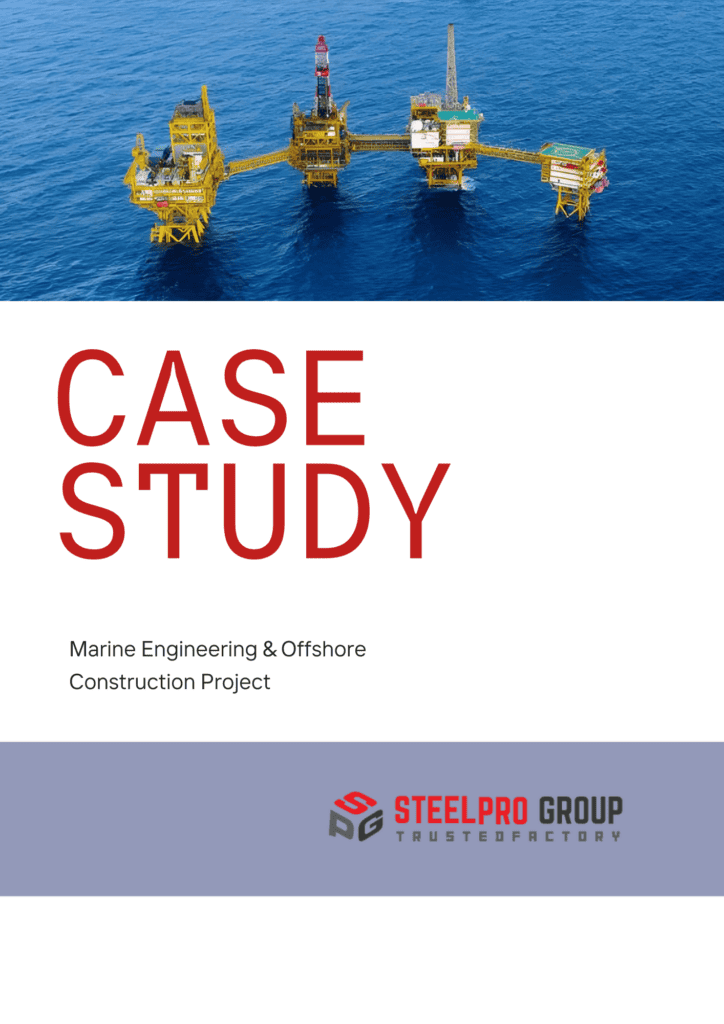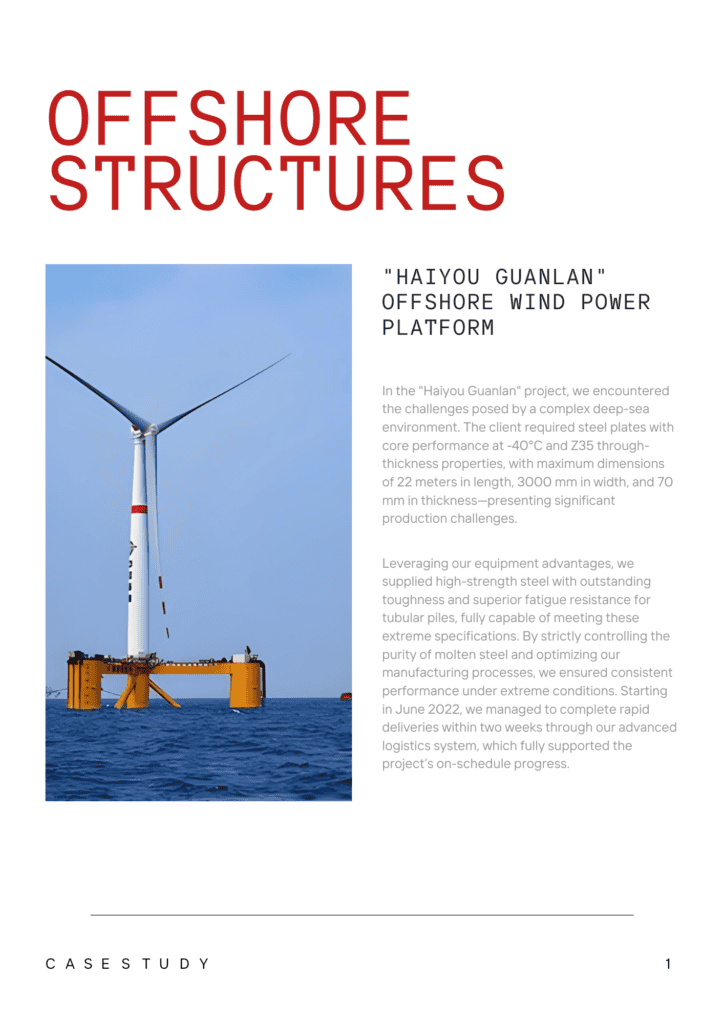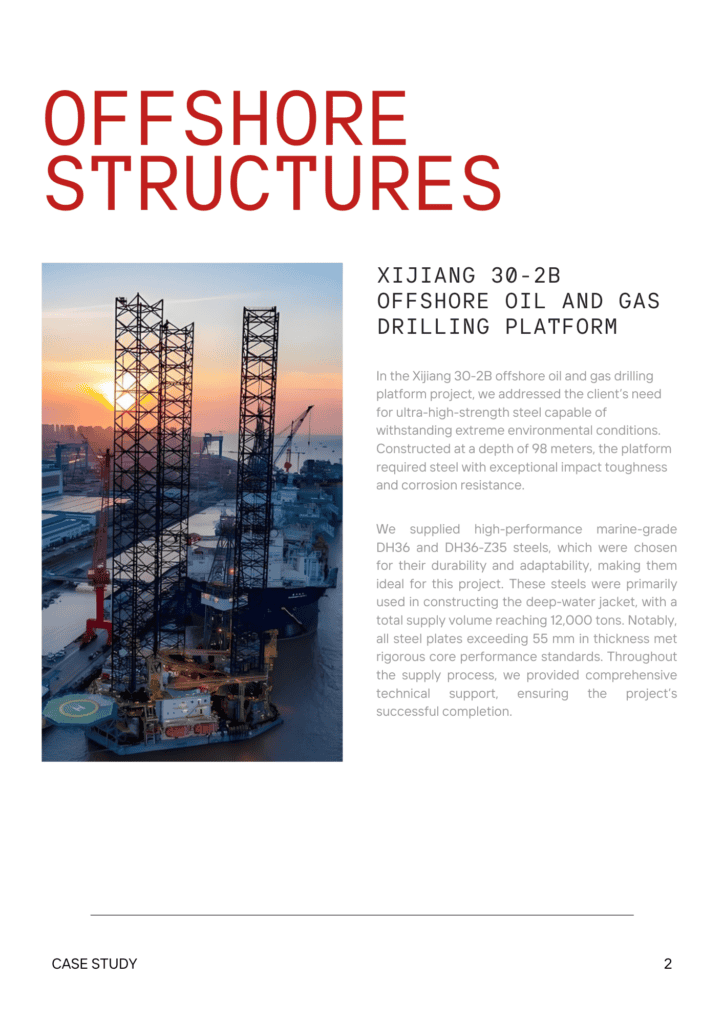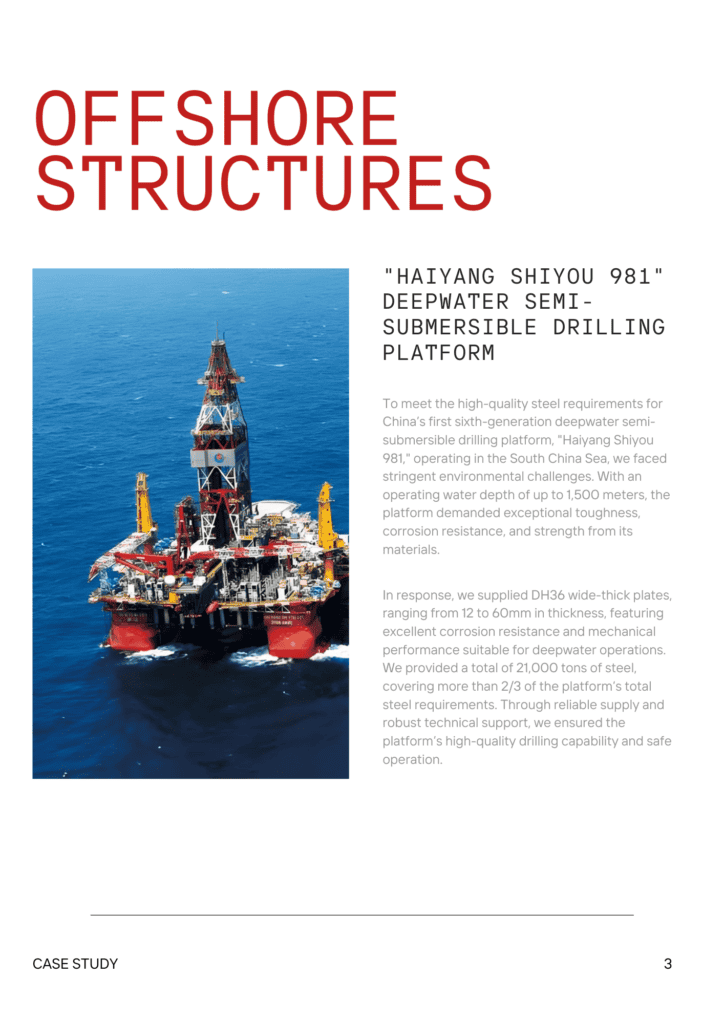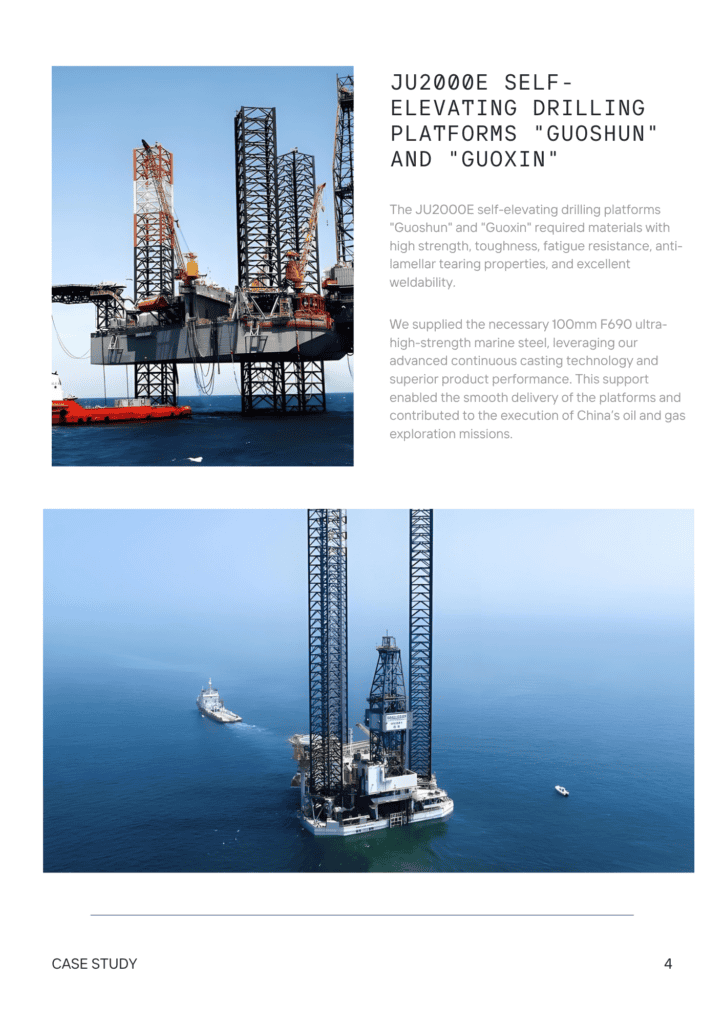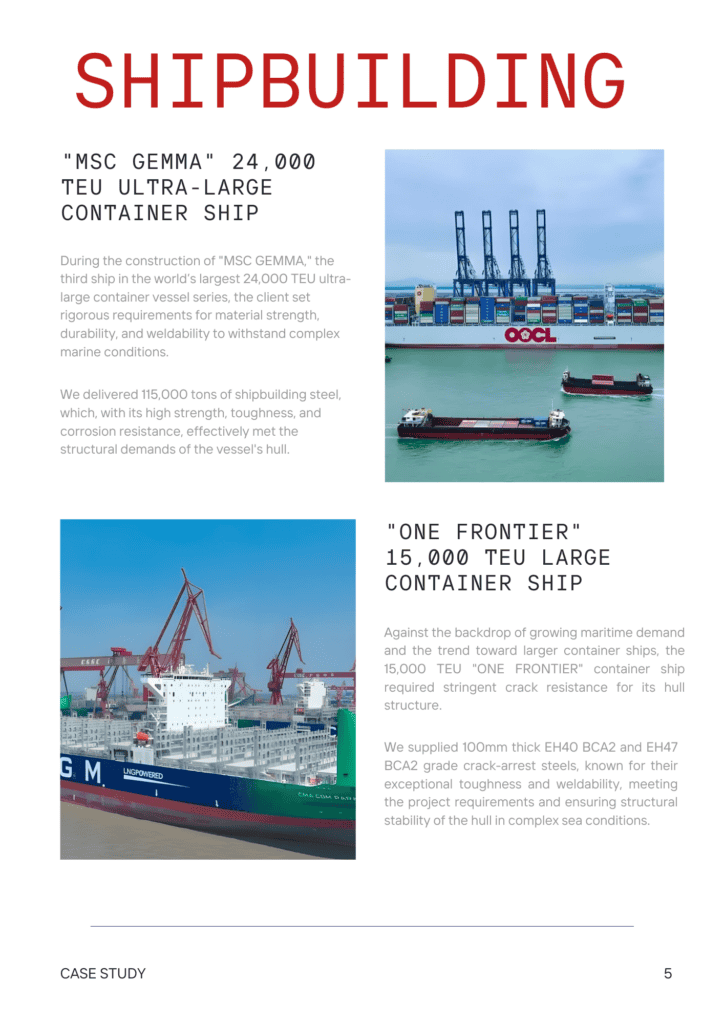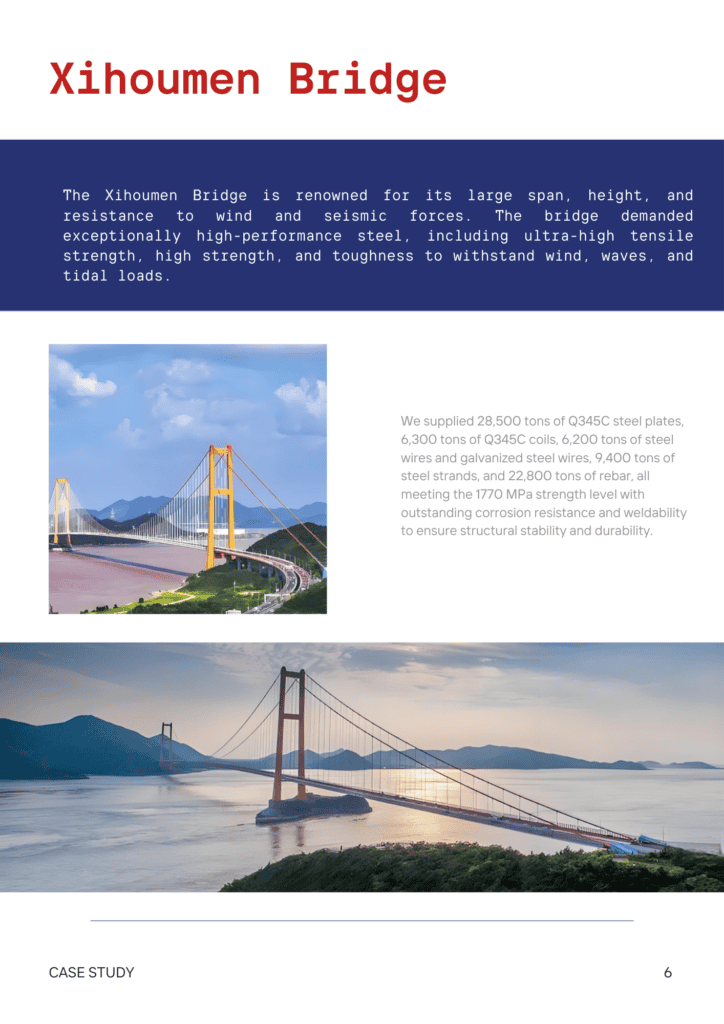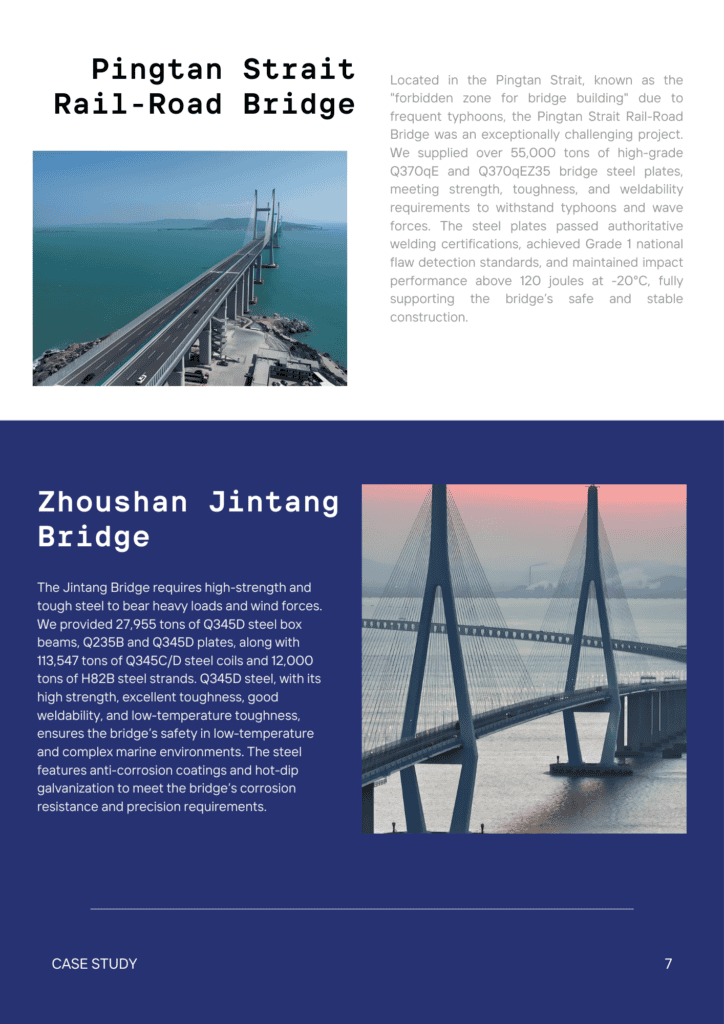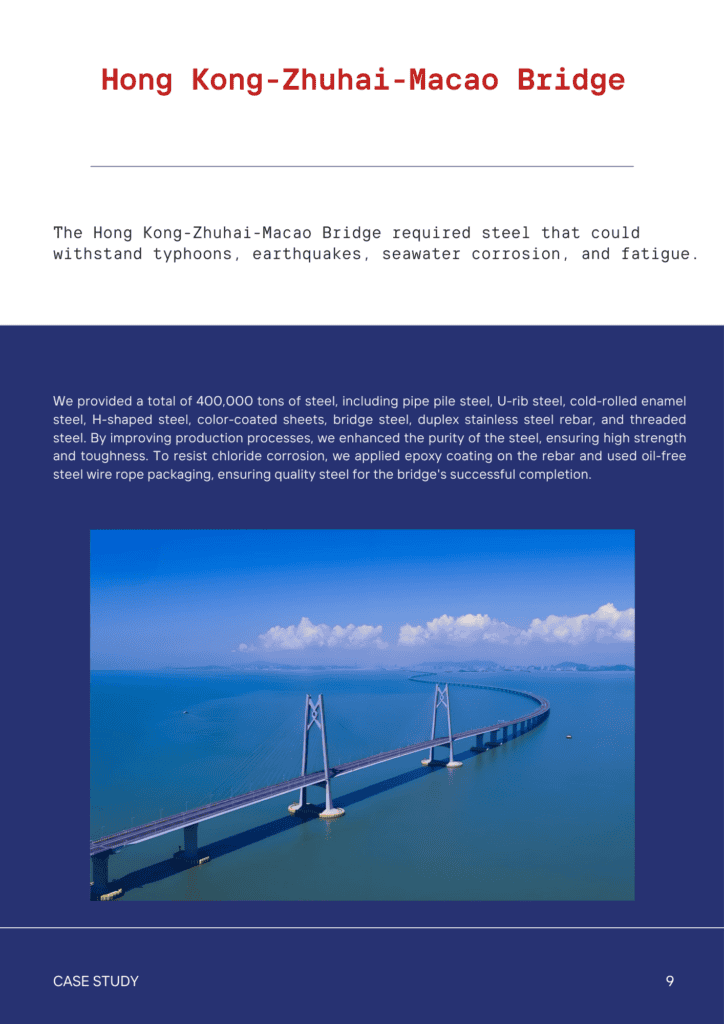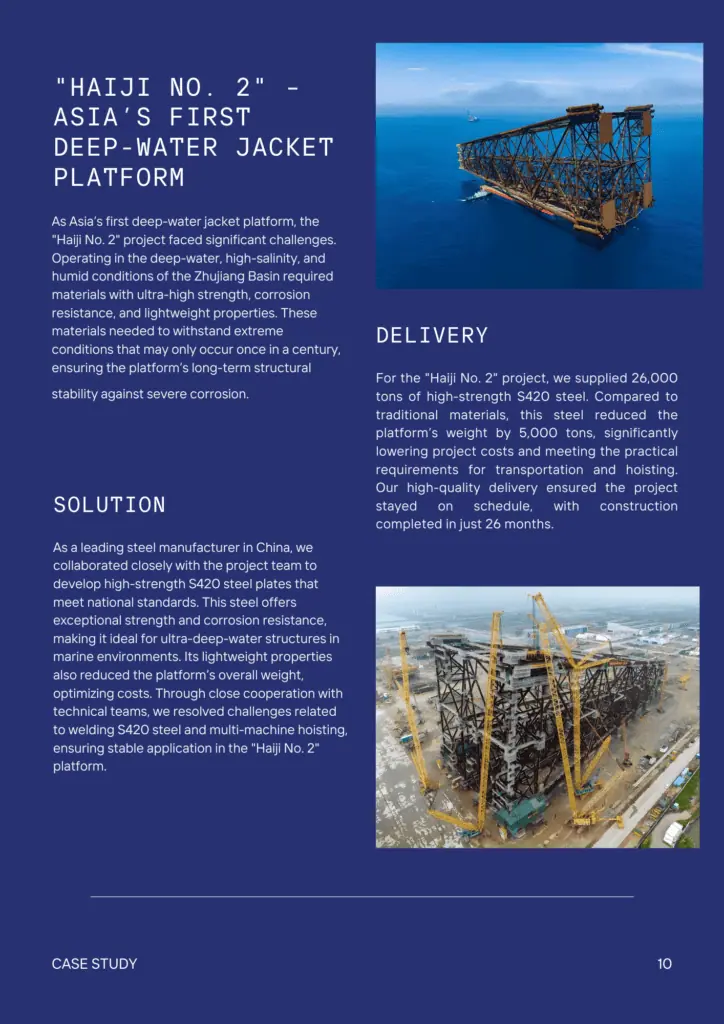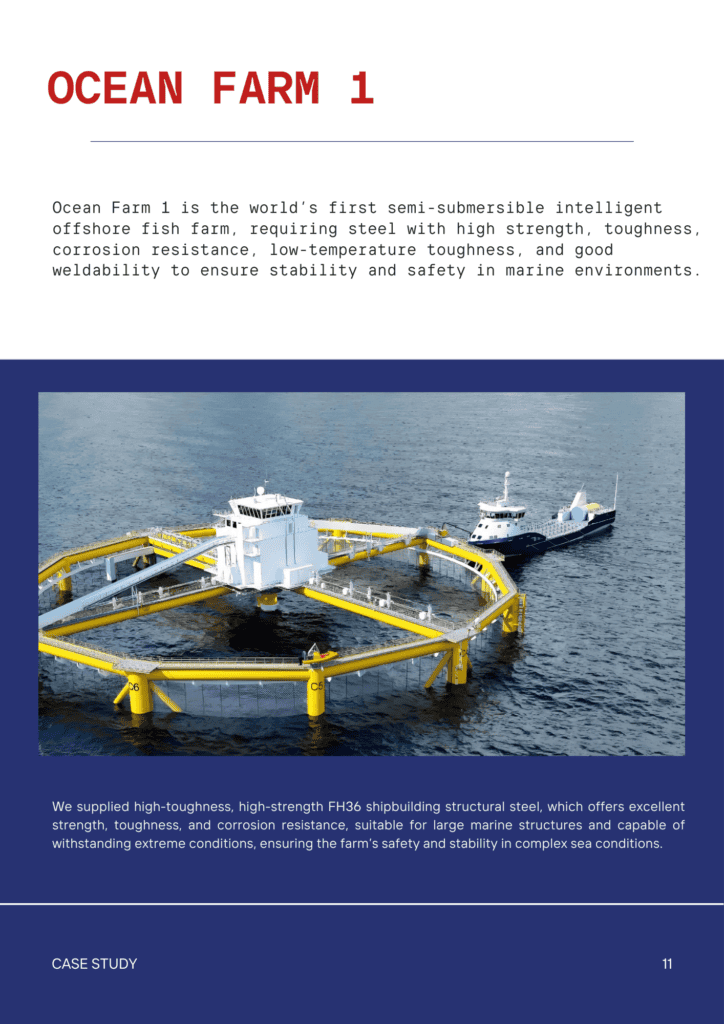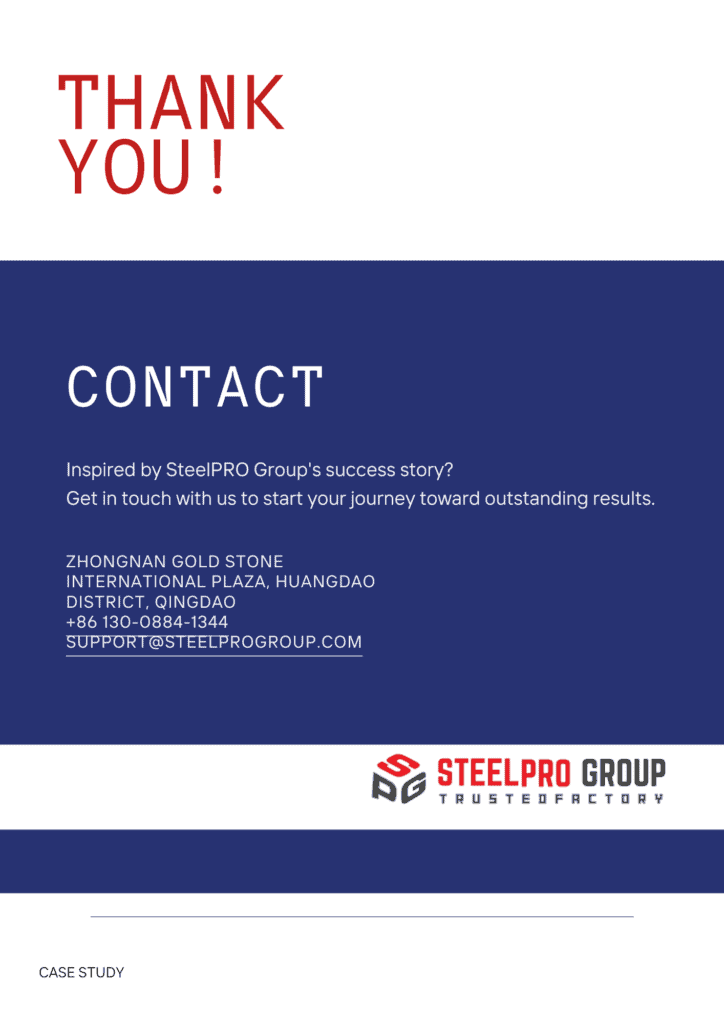Contents
DC01 vs S235: Structural Steel and Cold Rolled Steel Comparison
- John

DC01 and S235 are both low-carbon steels but are optimized for different uses. DC01 is a cold-rolled steel with excellent formability, making it ideal for applications like automotive panels and appliance parts. S235 is a structural steel known for its stability and strength, making it well-suited for construction frameworks and load-bearing components.
What Is DC01 Steel?
DC01 is a cold-rolled low-carbon steel known for its smooth surface and excellent formability. Its low carbon content (≤ 0.12%) makes it highly ductile, ideal for deep drawing, stamping, and precision forming.
Key Features of DC01:
- Smooth surface, perfect for painting and coatings.
- High formability, allowing complex shaping without cracking.
- Lower strength, prioritizing malleability over load-bearing capacity.
- Used in automotive panels, household appliances, and furniture.
What Is S235 Steel?
S235 is a hot-rolled structural steel designed for strength and durability in load-bearing applications. With a higher carbon and manganese content, it offers greater mechanical performance than DC01. Copper (≤ 0.55%) improves its corrosion resistance, though coatings are still recommended.
Key Features of S235:
- 235 MPa yield strength, ensuring structural stability.
- Moderate formability, prioritizing strength over shaping.
- Better corrosion resistance due to copper content.
- Used in construction, bridges, and heavy machinery.
What Is S235JR Steel?
S235JR is a hot-rolled, low-carbon structural steel known for its good strength, toughness, and weldability. It belongs to the S235 steel family but includes the JR designation, meaning it meets impact resistance requirements at 27J at 20°C. This makes it suitable for structural applications exposed to dynamic loads or mild impact forces.
DC01 vs S235: Key Differences Overview
The table below provides a quick comparison of key differences between DC01 and S235.
| Feature | DC01 (Cold-Rolled Steel) | S235 (Structural Steel) | ||
| Main Use | Formability & surface quality (automotive, appliances) | Strength & durability (construction, frameworks) | ||
| Strength | Lower yield strength (140-280 MPa) | Higher yield strength (235 MPa) | ||
| Formability | High – excellent for bending & shaping | Moderate – more rigid for load-bearing | ||
| Corrosion Resistance | Low – requires coatings for protection | Slightly better due to added copper | ||
| Appearance | Smooth, clean surface | Industrial finish, visible mill scale | ||
| Cost | Higher due to cold-rolling process | Lower, optimized for mass structural use | ||
DC01 vs S235JR
S235JR is a stronger version of S235 steel. Compared to S235JR, DC01 has lower strength but better formability and surface quality. While S235JR is built for durability and impact resistance, DC01 is ideal for precision shaping and smooth finishes, making it better for automotive panels, appliances, and decorative metalwork.
Chemical Properties of DC01 vs S235
Chemical Composition
| Element | C | Mn | P | S | Al | Cu |
| DC01 (%) | ≤ 0.12 | ≤ 0.6 | ≤ 0.045 | ≤ 0.045 | ≥ 0.020 | – |
| S235 (%) | ≤ 0.22 | ≤ 1.6 | ≤ 0.05 | ≤ 0.05 | – | ≤ 0.55 |
- Aluminum (Al) in DC01 steel
Aluminum is added primarily as a deoxidizing agent. It enhances the DC01’s formability and improves surface quality.
- Copper (Cu) in S235 steel
Copper is added to S235 for improved corrosion resistance, particularly against atmospheric conditions.
Corrosion Resistance
S235 offers slightly better corrosion resistance than DC01. This is mainly due to the addition of copper in S235, which helps protect against rust. In contrast, DC01 is designed more for formability and surface finish than for weather resilience.
Despite this difference, both DC01 and S235 are considered low-corrosion-resistance metals.In humid or corrosive environments, they typically require protective coatings like paint or galvanization to ensure durability and prevent rust.
Galvanization
For DC01 and S235, the preferred galvanizing method is hot-dip galvanizing. The steel is dipped into molten zinc, creating a thick, durable coating. It is widely used for applications that require outdoor exposure or long-term durability, such as construction and infrastructure projects.
DC01 is sometimes electro-galvanized for applications where a smooth, uniform coating and finer aesthetic are necessary, such as in household appliances or automotive interiors.
Mechanical Properties of DC01 vs S235
| Property | DC01 | S235 |
| Yield Strength | 140–280 MPa | 235 MPa |
| Tensile Strength | 270–410 MPa | 360–510 MPa |
| Elongation | ≥ 28% (A80) | ≥ 26% (A) |
| Hardness | 105 HV | 120 HB |
Strength
S235 has higher strength than DC01. Designed for structural applications, S235 offers the durability and load-bearing capacity needed for construction and engineering projects. DC01 has lower strength and is intended for applications where detailed shaping is key rather than load-bearing performance.
Ductility and Formability
DC01 has higher ductility and formability than S235. It is specifically designed for applications that require precise shaping, allowing it to bend and form more easily without cracking. S235, while still ductile, prioritizes structural strength over formability.
Other Differences Between DC01 and S235
Appearance
DC01 has a naturally smooth, clean, and uniform surface due to its cold-rolling process. It is ideal for painting and other surface treatments where a flawless base is needed.
S235 typically has a more industrial appearance. Its surface is generally less smooth, with visible mill scale or minor imperfections from the hot-rolling process, which is common in structural steels.
Weldability
Both DC01 and S235, as low-carbon steels, have excellent weldability. Their low carbon content reduces the risk of cracking or hardness issues in the welds. However, for thicker sections of S235, preheating is recommended to ensure durability under load-bearing conditions.
Cost
S235 is generally more affordable than DC01. Because S235 is a basic structural steel, primarily produced for construction and load-bearing applications where cost efficiency is crucial. DC01, in contrast, is typically more expensive due to its cold-rolling process.
Different Applications of DC01 vs S235
DC01
- Automotive: Interior and exterior body panels, precision-formed components.
- Household Appliances: Casings for washing machines, refrigerators, ovens.
- Furniture and Fixtures: Office furniture, cabinets, and other visible metal components.
- Electronics: Enclosures and casings for electronic devices.
S235
- Construction: Structural frameworks, beams, and general support structures.
- Bridge Construction: Load-bearing components in bridge frameworks.
- Machinery: Parts requiring durable steel in machine manufacturing.
- Containers and Vehicles: Heavy-duty containers and vehicle chassis components.
Quality Steel, Built to Last
For high-quality galvanized steel products, including both DC01 and S325 grades, Steel Pro Group offers reliable solutions tailored to your industry needs. To get a quote tailored to your requirements, please click here.



